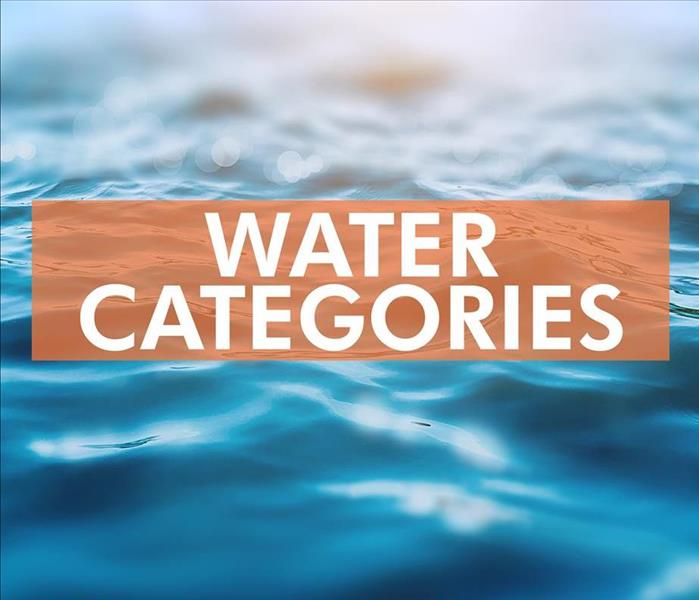How Experts Use Pretests To Improve the Claims Process
3/23/2019 (Permalink)
When your clients in Bristol, PA, need remediation for damage on their commercial property, the company you choose to clean up the damage can have a big effect on how efficiently your claims process goes. Pretesting is one of the ways that water remediation experts use to take care of problems swiftly and completely. Knowing exactly what the issue is before cleanup begins helps to narrow technicians' efforts and get you the information you need to start processing the claim.
Identifying the Source
Discovering where the water causing the damage is coming from is one of the first steps of assessment. The source of the water can give technicians an idea about what kind of water they're dealing with:
- Category 1 – clean water
- Category 2 – gray water
- Category 3 – black water
If the water comes from a contaminated source, you can expect that the insurance claim will include charges for decontamination.
Determining the Extent
It's not enough to know how contaminated the water is. Specialists also use pretesting to determine how far the damage goes. Class 1 damage affects a small area of one room, but Class 3 or 4 damage will likely require replacing more materials or an extended drying time. This not only can change the cost of the restoration but also the amount of time it is expected to take.
If water has been in the building for more than 24 hours, testing for mold damage may be prudent. If a mold problem is discovered, the insurance agent or adjuster may find it helpful to include fungus remediation on the same claim as the initial problem that led to it. A professional mold test can determine if this is necessary.
Pretesting is an efficient way to gather the information you need to process commercial property clients' claims. It gives you an overview of the work that needs to be done before the cleanup process starts.






 24/7 Emergency Service
24/7 Emergency Service
